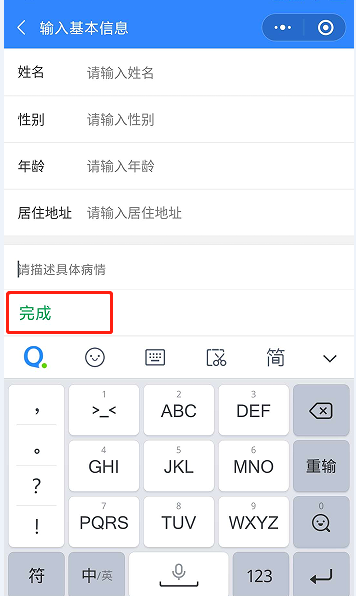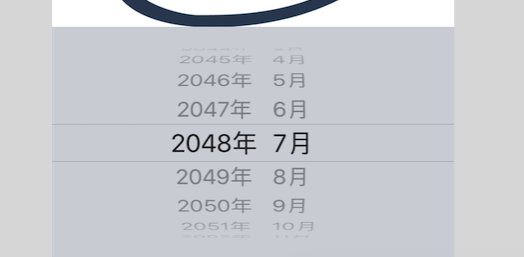在pandas数据框中将datetime64列拆分为日期和时间列
如果我有第一列是datetime64列的数据框。如何将此列拆分为2个新列,即日期列和时间列。到目前为止,这是我的数据和代码:
DateTime,Actual,Consensus,Previous20140110 13:30:00,74000,196000,241000
20131206 13:30:00,241000,180000,200000
20131108 13:30:00,200000,125000,163000
20131022 12:30:00,163000,180000,193000
20130906 12:30:00,193000,180000,104000
20130802 12:30:00,104000,184000,188000
20130705 12:30:00,188000,165000,176000
20130607 12:30:00,176000,170000,165000
20130503 12:30:00,165000,145000,138000
20130405 12:30:00,138000,200000,268000
...
import pandas as pd
nfp = pd.read_csv("NFP.csv", parse_dates=[0])
nfp
给出:
Out[10]: <class 'pandas.core.frame.DataFrame'> Int64Index: 83 entries, 0 to 82
Data columns (total 4 columns):
DateTime 82 non-null values
Actual 82 non-null values
Consensus 82 non-null values
Previous 82 non-null values
dtypes: datetime64[ns](1), float64(3)
一切都很好,但不确定从这里做什么。
我不确定两点:
- 当我一开始阅读csv文件时,可以这样做吗?如果是这样,怎么办?
- 执行csv_read后,任何人都可以帮助我显示如何拆分吗?
在任何地方都可以查找此类信息吗?
很难找到类库的详细参考资料!
回答:
将函数字典传递给pandas.read_csv的converters关键字参数:
import pandas as pdimport datetime as DT
nfp = pd.read_csv("NFP.csv",
sep=r'[\s,]', # 1
header=None, skiprows=1,
converters={ # 2
0: lambda x: DT.datetime.strptime(x, '%Y%m%d'),
1: lambda x: DT.time(*map(int, x.split(':')))},
names=['Date', 'Time', 'Actual', 'Consensus', 'Previous'])
print(nfp)
产量
Date Time Actual Consensus Previous0 2014-01-10 13:30:00 74000 196000 241000
1 2013-12-06 13:30:00 241000 180000 200000
2 2013-11-08 13:30:00 200000 125000 163000
3 2013-10-22 12:30:00 163000 180000 193000
4 2013-09-06 12:30:00 193000 180000 104000
5 2013-08-02 12:30:00 104000 184000 188000
6 2013-07-05 12:30:00 188000 165000 176000
7 2013-06-07 12:30:00 176000 170000 165000
8 2013-05-03 12:30:00 165000 145000 138000
9 2013-04-05 12:30:00 138000 200000 268000
sep=r'[\s,]'告诉read_csv您在正则表达式模式下将csv的行拆分r'[\s,]'-空格或逗号。- 该
converters参数告诉read_csv您将给定功能应用于某些列。键(例如0和1)引用列索引,并且值是要应用的功能。
import pandas as pdnfp = pd.read_csv("NFP.csv", parse_dates=[0], infer_datetime_format=True)
temp = pd.DatetimeIndex(nfp['DateTime'])
nfp['Date'] = temp.date
nfp['Time'] = temp.time
del nfp['DateTime']
print(nfp)
这取决于CSV的大小。(感谢Jeff指出了这一点。)
对于小型CSV,使用解析后,直接将CSV直接解析为所需格式比使用DatetimeIndex更快parse_dates=[0]:
def using_converter(): nfp = pd.read_csv("NFP.csv", sep=r'[\s,]', header=None, skiprows=1,
converters={
0: lambda x: DT.datetime.strptime(x, '%Y%m%d'),
1: lambda x: DT.time(*map(int, x.split(':')))},
names=['Date', 'Time', 'Actual', 'Consensus', 'Previous'])
return nfp
def using_index():
nfp = pd.read_csv("NFP.csv", parse_dates=[0], infer_datetime_format=True)
temp = pd.DatetimeIndex(nfp['DateTime'])
nfp['Date'] = temp.date
nfp['Time'] = temp.time
del nfp['DateTime']
return nfp
In [114]: %timeit using_index()
100 loops, best of 3: 1.71 ms per loop
In [115]: %timeit using_converter()
1000 loops, best of 3: 914 µs per loop
但是,对于只有几百行或更多行的CSV,使用DatetimeIndex更快。
N = 20filename = '/tmp/data'
content = '''\
DateTime,Actual,Consensus,Previous
20140110 13:30:00,74000,196000,241000
20131206 13:30:00,241000,180000,200000
20131108 13:30:00,200000,125000,163000
20131022 12:30:00,163000,180000,193000
20130906 12:30:00,193000,180000,104000
20130802 12:30:00,104000,184000,188000
20130705 12:30:00,188000,165000,176000
20130607 12:30:00,176000,170000,165000
20130503 12:30:00,165000,145000,138000
20130405 12:30:00,138000,200000,268000'''
def setup(n):
header, remainder = content.split('\n', 1)
with open(filename, 'w') as f:
f.write('\n'.join([header]+[remainder]*n))
In [304]: setup(50)
In [305]: %timeit using_converter()
100 loops, best of 3: 9.78 ms per loop
In [306]: %timeit using_index()
100 loops, best of 3: 9.3 ms per loop
- 有时您可以在《熊猫食谱》中找到示例。
- 有时,通过网络搜索或搜索Stackoverflow就足够了。
- 度过一个漫长的周末,无所事事,但阅读 熊猫文档当然也将有所帮助。
- 安装IPython。它具有制表符补全,如果您
?在函数后键入a ,它将为您提供函数的文档字符串。这两个功能确实可以帮助您快速自检Python对象。它还告诉您函数在哪个文件中定义(如果在纯Python中定义)-导致我… - 阅读源代码
保持它。您越了解,它越容易获得。
如果您尽力而为,但仍然找不到答案,请在Stackoverflow上发布问题。希望您会很快得到答案,并帮助其他人搜索相同的内容。
以上是 在pandas数据框中将datetime64列拆分为日期和时间列 的全部内容, 来源链接: utcz.com/qa/420442.html







